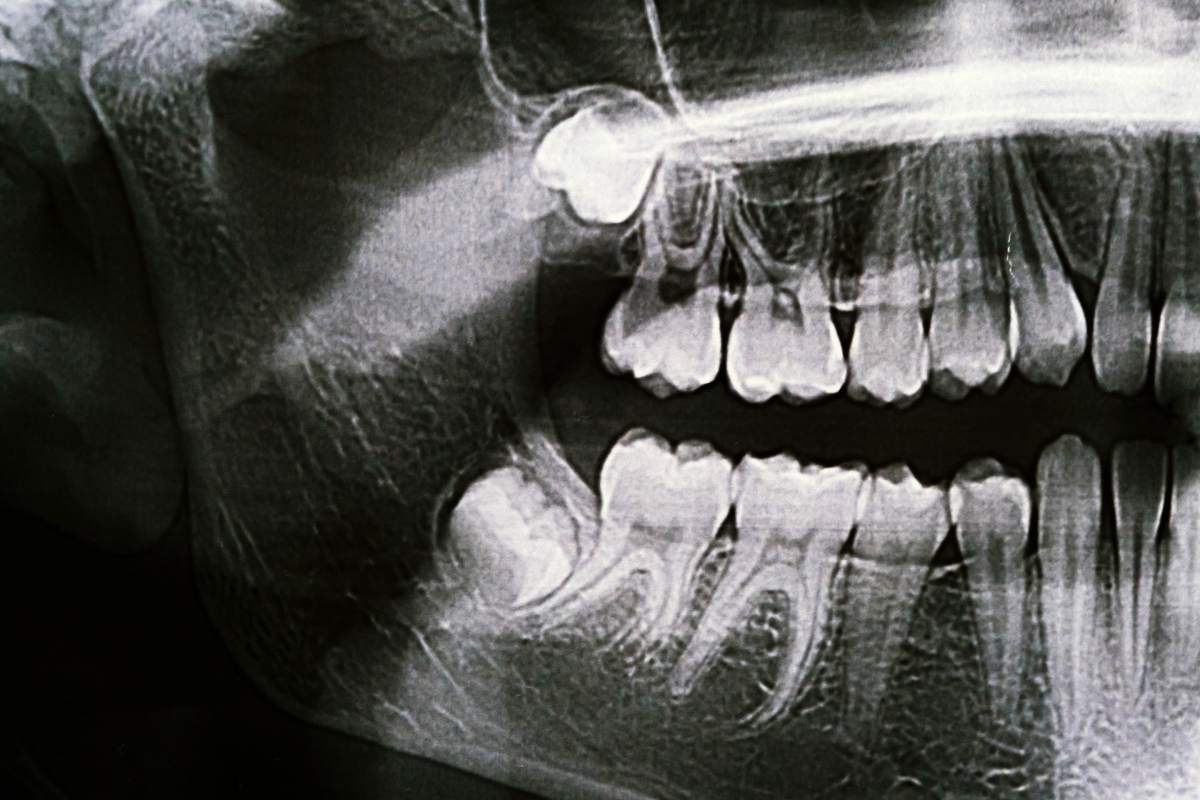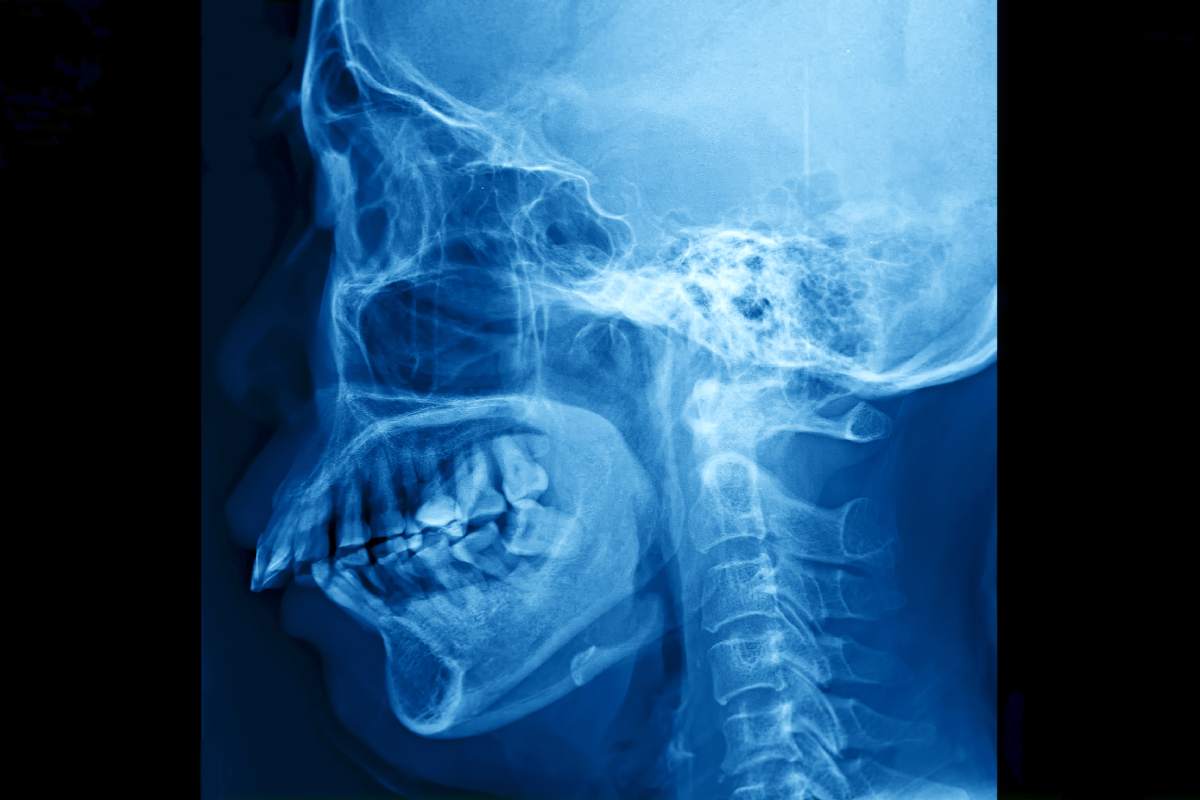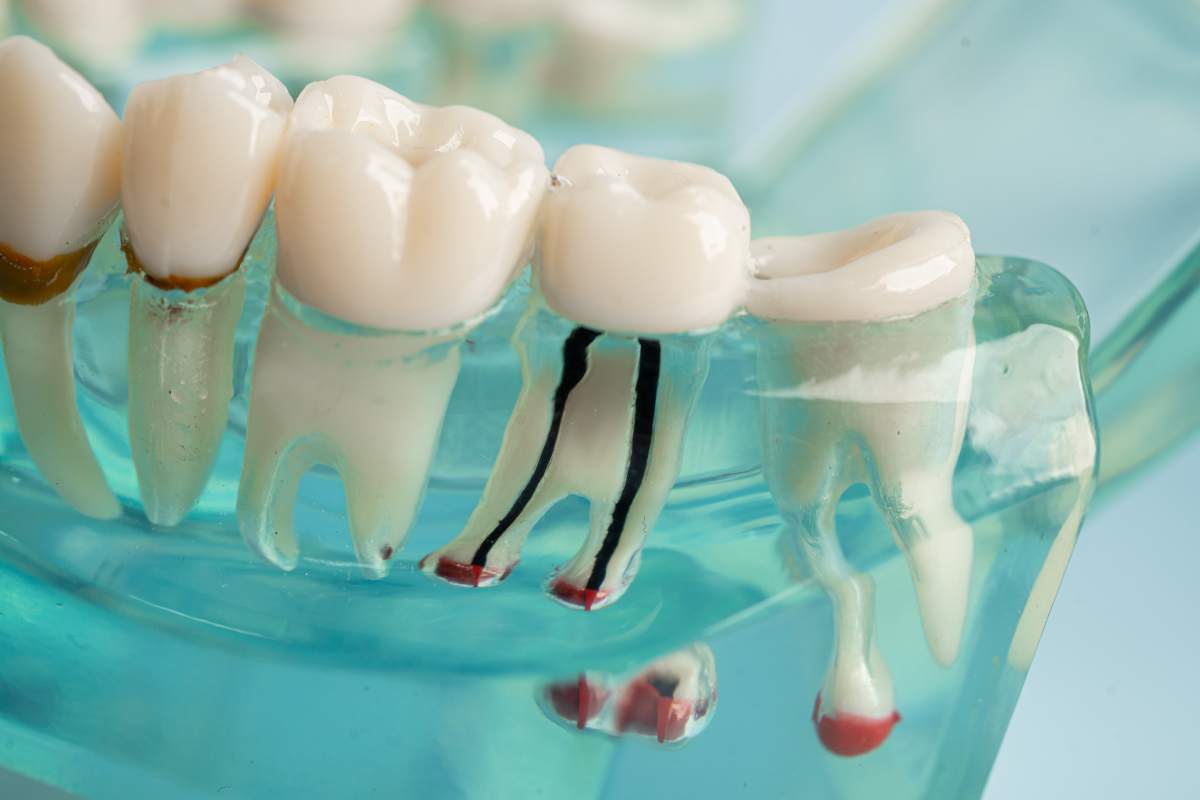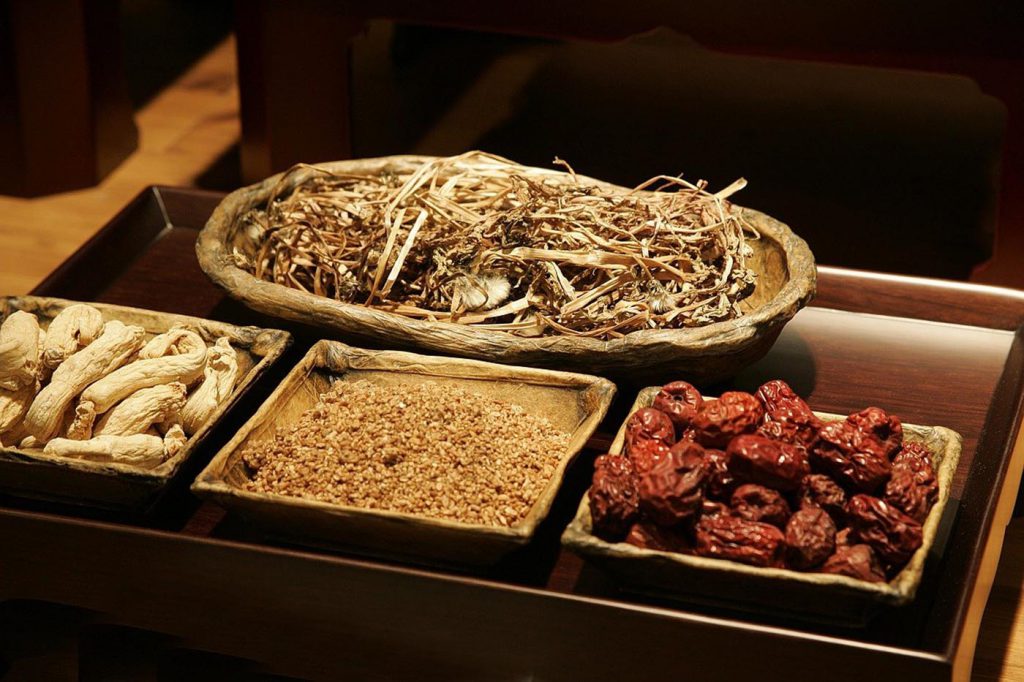What would happen if you were to cut all of the branches off a tree? Would it die instantly? Or would it take a long-time to decay? Would it even kill the tree at all? Is it possible to recover from over pruning? In this article, you’ll learn everything you need to know; perfect if you’ve been a little too liberal with those pruning shears!
Does cutting off dead branches help a tree?
Absolutely! In fact, the only option is to cut a dead branch off of a tree. Leaving it to rot will only make it a health hazard. In addition to that, a dead branch is rife for infestation, so getting rid of it as soon as possible is much better for the health of the tree.
How do you cut a tree limb without killing the tree?
Before you do anything, it helps to have the right, well-maintained tools. Using a blunt saw that you borrowed from your grandad isn’t going to cut it ladies and gentlemen.
First, you need to find the right distance from the collar of the tree (just below the collar) before you start sawing off a limb from a tree. If you leave it too short, you’ll be exposing the tree to great danger. If ever you’ve seen a hole in the side of the tree with a rotten and hollowed out centre, that more than likely began by the limb being cut far too close to the tree.
In the same breath, leaving a tree’s branch too long when you remove it then you’ll run the risk of a slower recovery (that and it defeats the purpose of removing the limb in the first place).

*Pro Tip*
First, cut a small groove into and around the branch partway up the tree. This is known as a ‘notch cut’. Then, make a second cut on the limb a little further down from the notch cut where you are going to remove the limb. This is the relief cut. Doing this will ensure that the bark doesn’t peel off, damaging the trunk and exposing it to pests and disease.
What happens if you cut all the branches off a tree?
It is difficult to find the happy medium when you are pruning a tree. If you cut to little you are wasting your time, and if you cut too much you are putting the tree’s health in jeopardy. But, what happens if you go too far and cut all of the branches off a tree? Will it be beyond saving?
The fact is, in many cases it is possible for the tree to make a full recovery. Of course, there’s going to need to be some intervention (non-violent this time) on your part.
How can you fix an over-pruned tree?
As a rule of thumb, you should never need to remove more than 15 to 20% of a tree’s canopy at one time. This is important to remember for next time. However, what is important right now is that if you have over-pruned and you are worried about its future health, follow this step-by-step guide to set it right.
1 – Know your tree
Knowing that species of plant you have is always helpful! Some shrubs can be cut straight down to the ground and they will grow happily as if nothing had ever happened, whereas others will simply die. Know your tree and care for it accordingly.
2 – Have patience
It can take a year or two before you’ll see any new blooms on the new limbs that have recovered after a serious case of over-pruning. Be patient and try not to panic.
3 – Get an expert opinion
If you aren’t quite sure, contact reputable arborists like A B Trees and leverage their expertise! They will likely be able to give you a definitive answer as to whether your tree is going to recover or not.
4 – Give it some extra special TLC
Your tree has been through a lot, but if you give it some extra love and help it out a bit, you’ll be able to aid in the recovery. For example, water it when it’s dry (and before winter), keep the soil mulched and with plenty of extra nutrition, and of course, fertilise the tree if necessary!
5 – Guide its new form
As the new growths start coming in, adopt a pruning technique called ‘thinning’. This can help you to keep an even canopy and the tree’s main branches nice and strong!
6 – Don’t do it again!
You will have to wait a while before your tree is back to normal after a serious pruning. Just remember not to make the same mistakes twice. Of course, if you are uncomfortable with pruning a tree by yourself then you can easily hire the experts to take care of it for you!

Conclusion
So, what happens if you cut all of the branches off a tree? Well, in most cases, the tree will likely be able to surprise, but you’d be putting it through a great deal of trauma for no good reason. If you simply want the tree gone because it is blocking the view or preventing sunlight to get through, then you can always have it removed altogether and safe yourself the trouble.
In any case, if you have over-pruned and you are worried that your tree might not recover, try not to panic. In most cases you’ll be absolutely fine, but it’s always worth seeking the expertise of your local arborist just in case!















